Neural-machine interface makes users feel that an artificial hand is their own
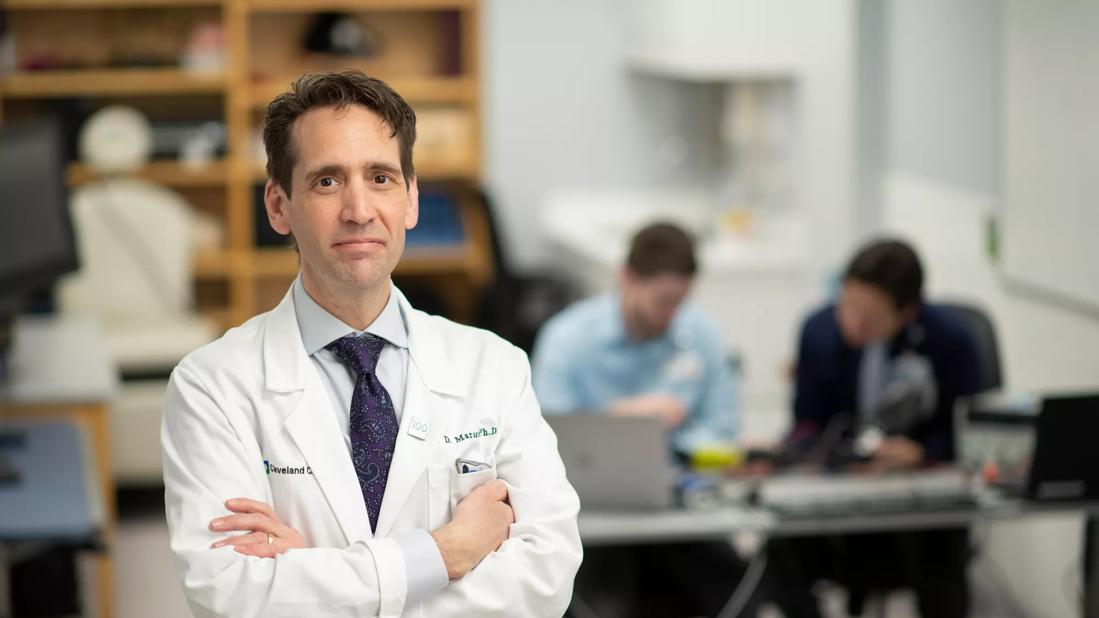
A computerized system has been created that for the first time allows amputees to effortlessly conduct complex motor tasks in real time using a prosthetic hand while perceiving that their own missing hand is present and carrying out the action.
Advertisement
Cleveland Clinic is a non-profit academic medical center. Advertising on our site helps support our mission. We do not endorse non-Cleveland Clinic products or services. Policy
Details of the approach and the results of experiments on six above-the-elbow amputees are described in the March 14 issue of Science Translational Medicine.
“This new technology relies on the fact that brain illusions are very powerful,” says Paul Marasco, PhD, associate staff member in Cleveland Clinic’s Department of Biomedical Engineering and lead author of the study. “Within minutes of being hooked up to the device, subjects could integrate feedback from it and regulate their prosthesis feeling as if it were their own hand.”
The development represents an important advancement toward full integration of kinesthetic, cutaneous and motor systems for intuitively controlled prosthetic limbs capable of natural perception of complex movement.
“Decades of research have shown that muscles need to sense movement to work properly,” says James W. Gnadt, PhD, program director at the National Institute of Neurological Disorders and Stroke, which partially supported the study. “This system basically hacks the neural circuits behind that system. This approach takes the field of prosthetic medicine to a new level which we hope will improve the lives of many.”
An able-bodied person has a keen proprioceptive sense, providing unconscious awareness of body and limb positions and movement based on feedback from touch and muscle sensation. Although modern motorized prosthetic hands can be programmed to conduct complex movements, they provide no feedback for those movements, so the user must carefully watch the prosthesis while performing even simple tasks, and he or she is always conscious of using an artificial limb. Although advances have been made in cutaneous touch feedback for prostheses, kinesthesia — pure movement sensation — is a very different modality and the focus of this research.
Advertisement
The novel method described in this study creates an illusory perception that the user’s own missing hand is acting by vibrating a muscle that contains the nerves that would be used for natural control. Vibrating a muscle in any person creates the sensation that the muscle is stretching; this phenomenon is apparent in the “Pinocchio illusion,” in which a person holding his nose with eyes closed has the sensation that his nose is elongating when the bicep is vibrated. The person perceives that the bicep is stretching and the arm is extending even though the arm’s position has not moved.
The new system described by Dr. Marasco provides amputees with analogous movement illusions, making them feel through targeted vibrations that the hand they no longer have is acting. These perceptual illusions evoke a sense of agency over the movements of the prosthetic hand (i.e., users feel they are controlling movements) — a sense that’s not achievable with current prostheses, according to Dr. Marasco.
“When hooked up to the system and without any training, our subjects say they can feel that their arm is present,” he says. “When we unhook them, they report that their arm vanishes. The brain interprets the signals from our system very effectively.”
The method in this study starts with surgically redirecting motor and sensory nerves that previously innervated muscles that are no longer being used because of the amputation. The nerves are moved to muscles higher in the arm or chest, where they regenerate and reinnervate the host muscle. After regeneration, attempts by the subject to move the missing limb trigger contraction of the reinnervated muscles and touching reinnervated skin feels like a touch to the missing hand.
Advertisement
Using a wearable vibration unit and a 22-sensor data glove to the remaining hand, the subject simulates what is perceived to be occurring in the missing hand. For example, stimulating the muscle reinnervated by the median nerve provides perceptions of digit flexion, and stimulating the muscle reinnervated by the radial nerve is perceived as extension. From the data, a virtual reality prosthetic system is created that integrates the movement sensations into the control of the hand.
Once a user is hooked up to the programmed system, when he or she attempts to move the missing limb for specific actions, contraction of the reinnervated muscles is triggered and the resulting electromyographic signals are translated by a computer to drive miniature robots to activate the perceptions of the prosthetic limb accordingly.
This 30-second video animation illustrates the general concept:
Dr. Marasco notes that although the amputees are left with only a limited number of neural targets in the reinnervated muscles, they can perceive stereotypic complex multidigit synergistic hand conformations required for dexterous movement. He explains that while the brain contains well-defined areas for sensation, a different organization system appears to exist for motor control and the sensation of movement. With infinite combinations of movements possible to achieve any particular motor task, the brain appears to simplify by organizing movement control and sensation similarly by combining basic building blocks of relatively few coordinated patterns.
Advertisement
“Even limited input seems to trigger complex patterns of movements,” he explains. “This intuitive perception of movement opens a pathway to seamless integration of minds and machines.”
This study is the result of years of investigation led by Cleveland Clinic engineers. Related projects on prosthetic arms conducted by Dr. Marasco’s group were described in previous Consult QD posts (see here and here).
Dr. Marasco notes that the new system can be used with any standard prosthesis, but for now, the user must be tethered to a computer in the laboratory. Continued investigation will focus on miniaturizing and refining the computer interface, allowing for easy portability as well as finer finger control. Other ongoing research includes adapting the system for other levels and sites of amputation. He adds that the technology is likely also applicable to people following stroke or spinal cord injury.
According to Dr. Marasco, his group’s approach provides a critical new element that could soon lead to fully integrated and efficient prosthesis control.
“Combining kinesthetic, cutaneous and motor systems could result in an integrated prosthetic limb that’s intuitively controlled and provides a natural perception of complex movement,” he says.
Dr. Marasco is an associate staff scientist in the Department of Biomedical Engineering in Cleveland Clinic Lerner Research Institute. He has an appointment in the Department of Physical Medicine and Rehabilitation in Cleveland Clinic Neurological Institute and is also a principal investigator for the Advanced Platform Technology Center of Excellence at the Louis Stokes Cleveland Department of Veterans Affairs Medical Center.
Advertisement
Advertisement

First full characterization of kidney microbiome unlocks potential to prevent kidney stones

Researchers identify potential path to retaining chemo sensitivity
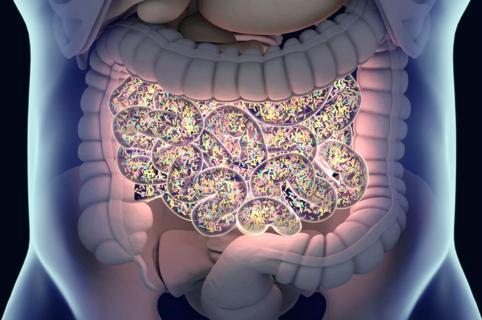
Large-scale joint study links elevated TMAO blood levels and chronic kidney disease risk over time
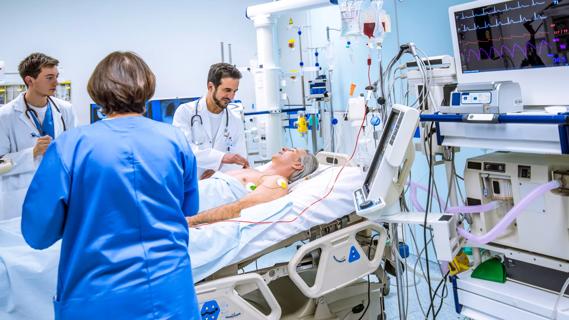
Investigators are developing a deep learning model to predict health outcomes in ICUs.

Preclinical work promises large-scale data with minimal bias to inform development of clinical tests

Cleveland Clinic researchers pursue answers on basic science and clinical fronts
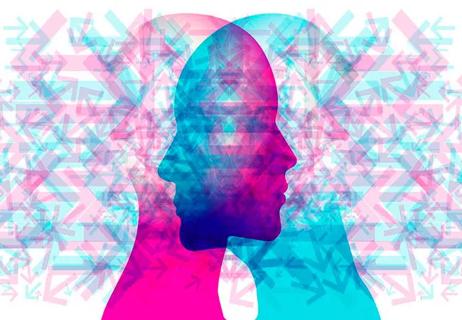
Study suggests sex-specific pathways show potential for sex-specific therapeutic approaches
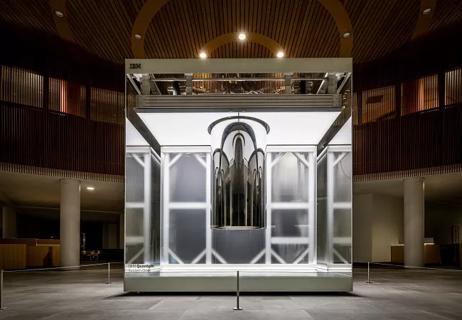
Cleveland Clinic launches Quantum Innovation Catalyzer Program to help start-up companies access advanced research technology